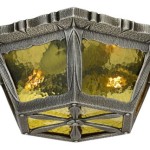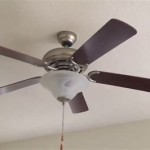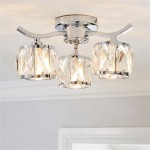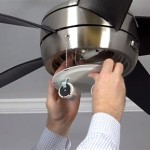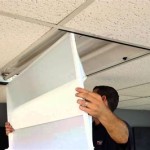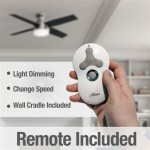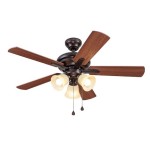Essential Aspects of Ceiling Light Cans Installation
Ceiling light cans, also known as recessed lighting fixtures, are a popular choice for illuminating homes and commercial spaces. They offer several advantages, including a clean and modern look, improved energy efficiency, and the ability to create a variety of lighting effects.
Choosing the Right Light Cans
The first step in installing ceiling light cans is choosing the right fixtures. Consider the following factors:
- Size and Shape: Light cans come in a variety of sizes and shapes to accommodate different ceiling types and lighting needs.
- Wattage and Bulb Type: Select fixtures that are compatible with the wattage and bulb type you plan to use.
- Trim Type: Trim rings provide a decorative finish around the light cans. Choose a trim that complements your décor.
- Recessing Depth: Determine the depth of the recessed area in your ceiling to ensure the light cans fit properly.
Safety Precautions
Before beginning installation, it is crucial to follow these safety precautions:
- Turn off the power at the electrical panel.
- Wear safety glasses and work gloves.
- Use a voltage tester to ensure the wires are not live.
- Do not install light cans near flammable materials or in wet areas.
Installation Process
Once you have chosen the appropriate light cans and taken safety precautions, follow these steps for installation:
- Cut the Ceiling Hole: Use a hole saw to cut a circular hole in the ceiling according to the manufacturer's instructions.
- Install the Housing: Insert the light can housing into the hole and secure it with screws or clips.
- Connect the Wires: Connect the black wire from the fixture to the black wire from the electrical supply, the white wire to the white wire, and the ground wire to the ground wire.
- Insulate the Connections: Use electrical tape to insulate the wire connections.
- Install the Trim: Place the trim ring over the housing and secure it with screws or clips.
- Install the Bulb: Screw the bulb into the socket.
- Turn on the Power: Restore power at the electrical panel and test the light fixture.
- No Power: Ensure the power is turned on at the electrical panel and the fixture is properly connected.
- Flickering Light: Check the bulb and wire connections, and ensure the bulb is compatible with the fixture.
- Overheating: Allow the fixture to cool down and check for any obstructions blocking airflow.
- Loose Housing: Tighten the screws or clips securing the housing.
Troubleshooting
If you encounter any issues during installation, check the following:
Professional Installation
For complex installations or if you lack electrical experience, consider hiring a qualified electrician to ensure the safety and proper functioning of your ceiling light cans.

8 Recessed Lighting Installation Tips For Diyers Bob Vila

Installing Recessed Lighting Fine Homebuilding

How To Install Recessed Lighting Fixthisbuildthat

Wafer Lights Vs Can Everything You Should Know

Canned Lighting Conundrum Greenbuildingadvisor

8 Recessed Lighting Installation Tips For Diyers Bob Vila

How To Wire Recessed Lighting Tabletop Walk Through

Install Recessed Lighting

8 Recessed Lighting Installation Tips For Diyers Bob Vila

Can Vs Canless Recessed Lighting Which To Choose
Related Posts

